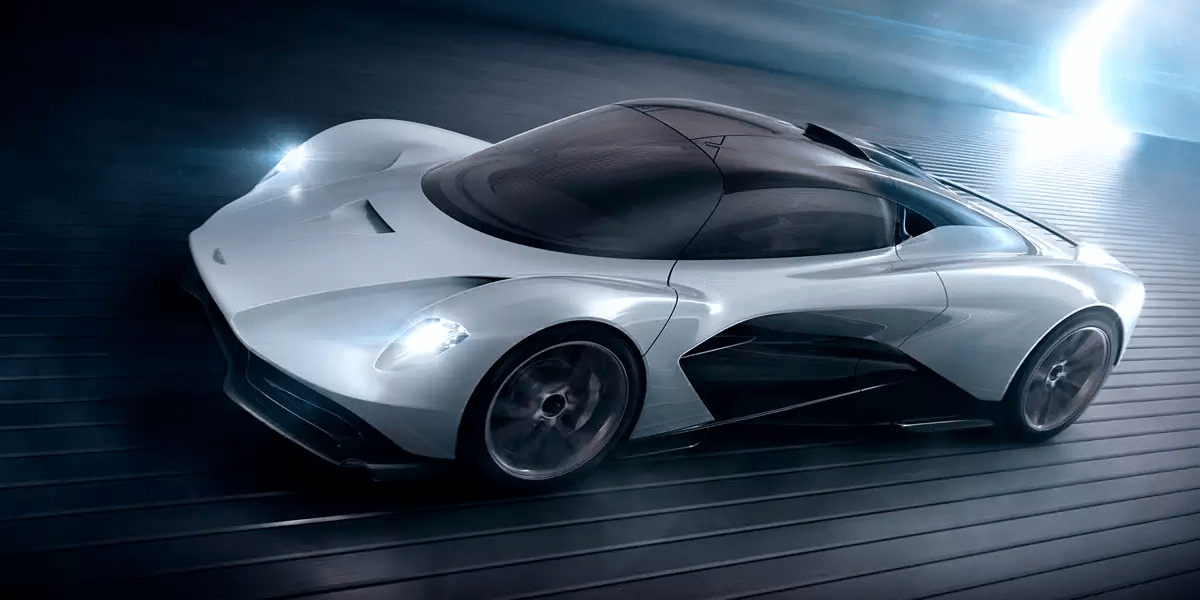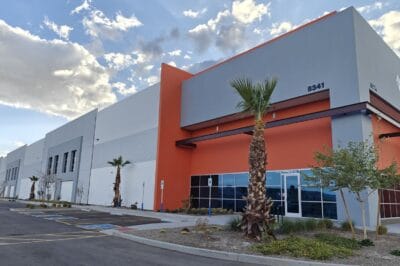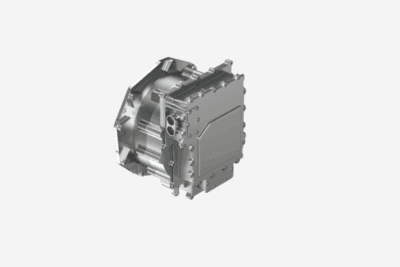Aston Martin reveals technical details to hybrid motor systems
After Aston Martin recently postponed plans for battery-electric cars, the British sports car manufacturer has now published more details of its electrification plans. These mainly focus on hybrid engines.
Following the entry of Canadian investor Lawrence Stroll, Aston Martin has, as is well known, made a U-turn in its electric plans. The fully developed Rapide E will not be launched on the market. The British sports car manufacturer also postponed the launch of the Lagonda electric car brand from 2022 to 2025 at the earliest. Now Aston Martin has announced what had been indicated earlier: they are increasingly focusing on hybridisation.
At its core is an electrified powertrain with a 3.0-litre V6 engine developed in-house. Depending on the model, this will be designed as a full hybrid or plug-in hybrid and is to be used for the first time in the Aston Martin Valhalla, which will start in 2022 – there in the hybrid version. The petrol engine will be installed as a mid-engine behind the cockpit, but Aston Martin does not yet make any specifications regarding the location of the hybrid components.
The British also do not yet give any performance data in the announcement. “The final power and torque figures for each application of this powertrain will be determined by the desired characteristics of each product it serves and confirmed at the time of launch,” the communication states.
Aston Martin sees itself “on the road to a new V6 era”, following the recent introduction of V8 petrol (supplied by Mercedes-AMG) and V12 engines. The development of the V6 turbocharged petrol engine now presented, with the hybridisation options mentioned, began some time ago and is not a direct consequence of the Stroll entry. However, the new gasoline generation, which is already to be designed for the Euro 7 emissions standard, should only become another mainstay for the sports car brand, which has been in crisis for years – in addition to the extensive electrification with the Rapide E and the Lagonda electric cars built in Wales. Now the hybrid petrol engines will become the central component of most future Aston Martin models.
The engine called TM01 (as a tribute to Tadek Marek, an engineer from the 60s and 70s) is, according to Aston Martin, an entirely in-house development. Many other sports car builders have already made their mark on specially developed engines – without the additional complexity of a hybrid or plug-in hybrid. “Investing in our drive solutions is a huge task, but our team has risen to the challenge,” says Andy Palmer, President and CEO of the Aston Martin Lagonda Group. “This engine will be an essential part of our work in the future.”
With reporting by Sebastian Schaal, Germany.





0 Comments